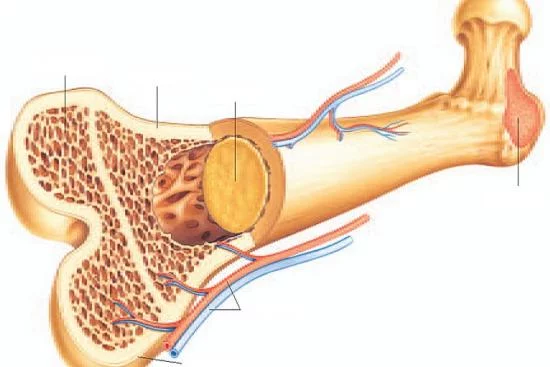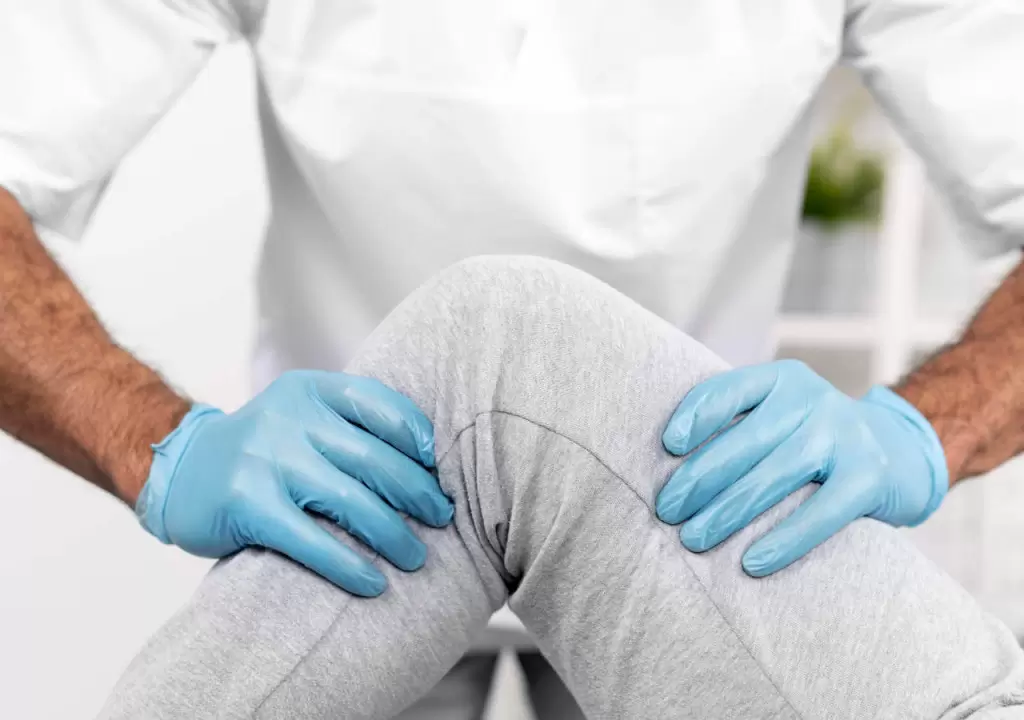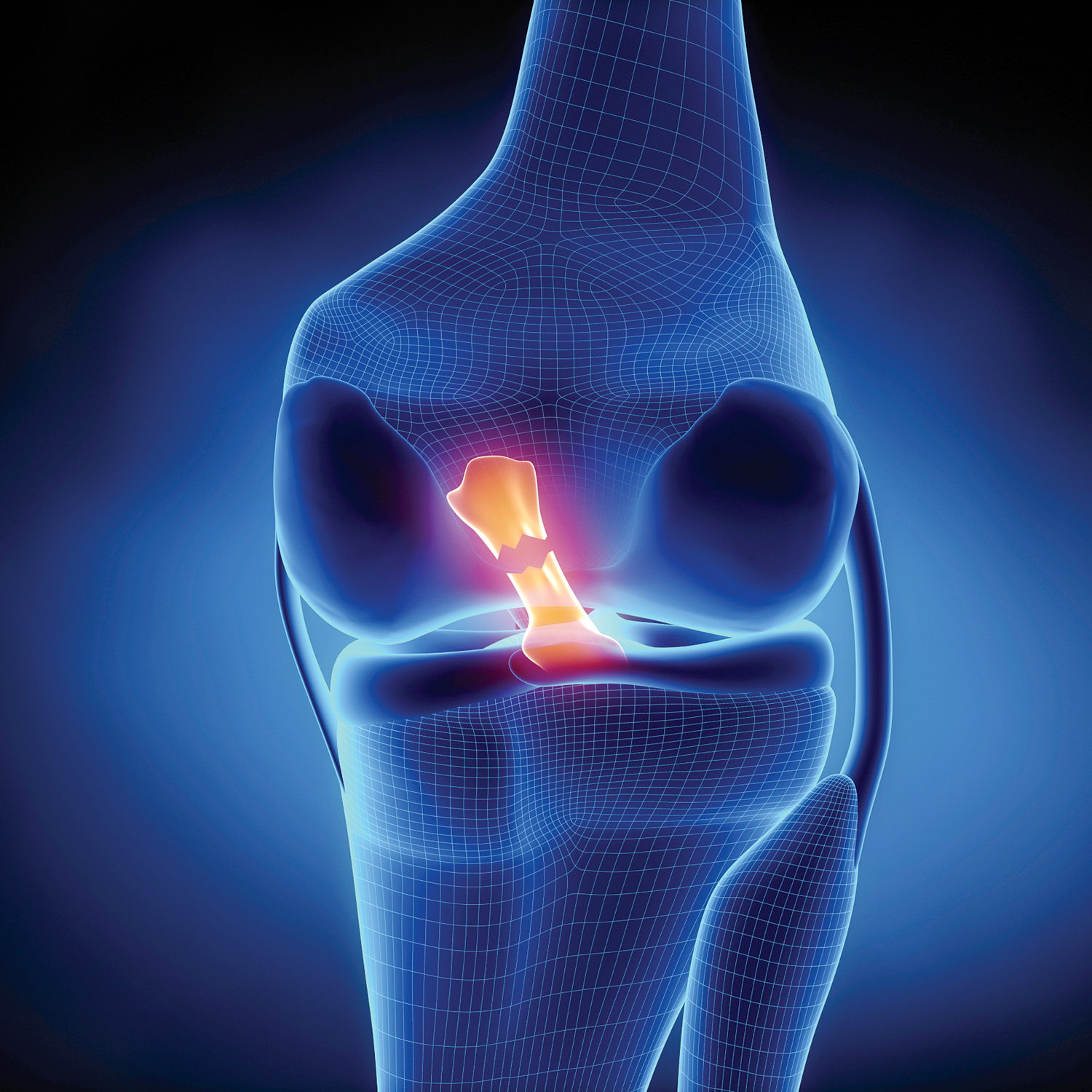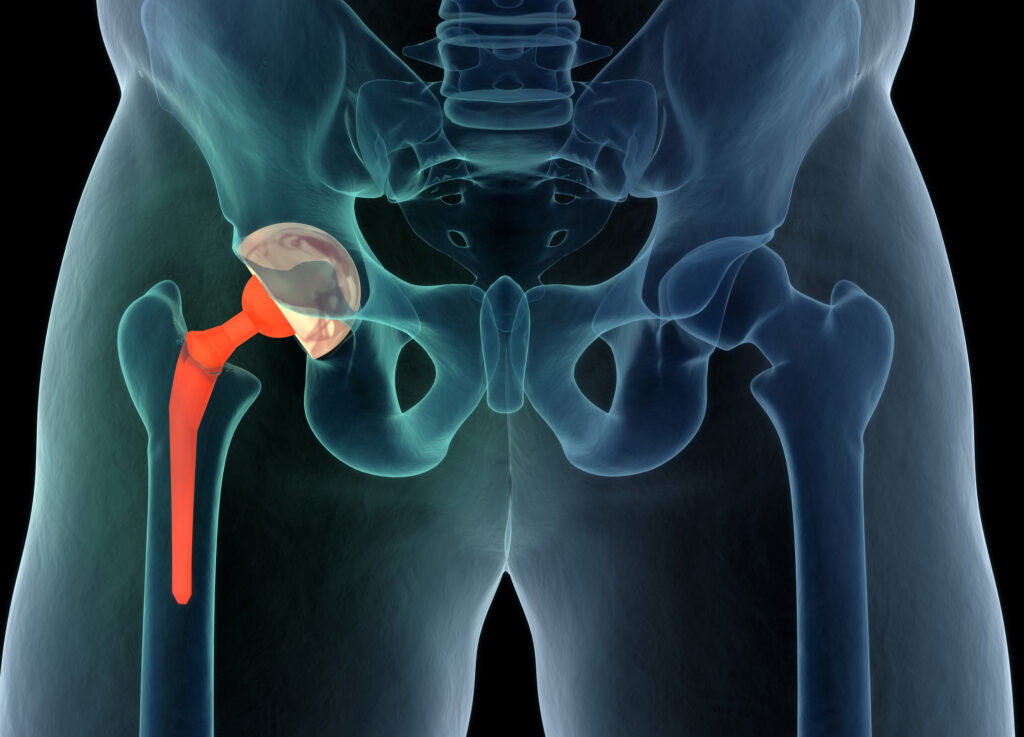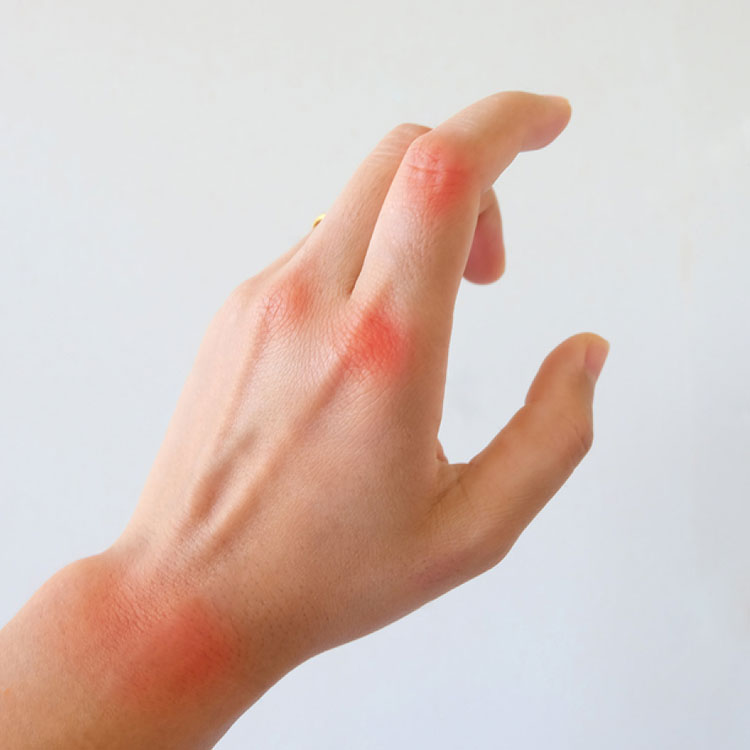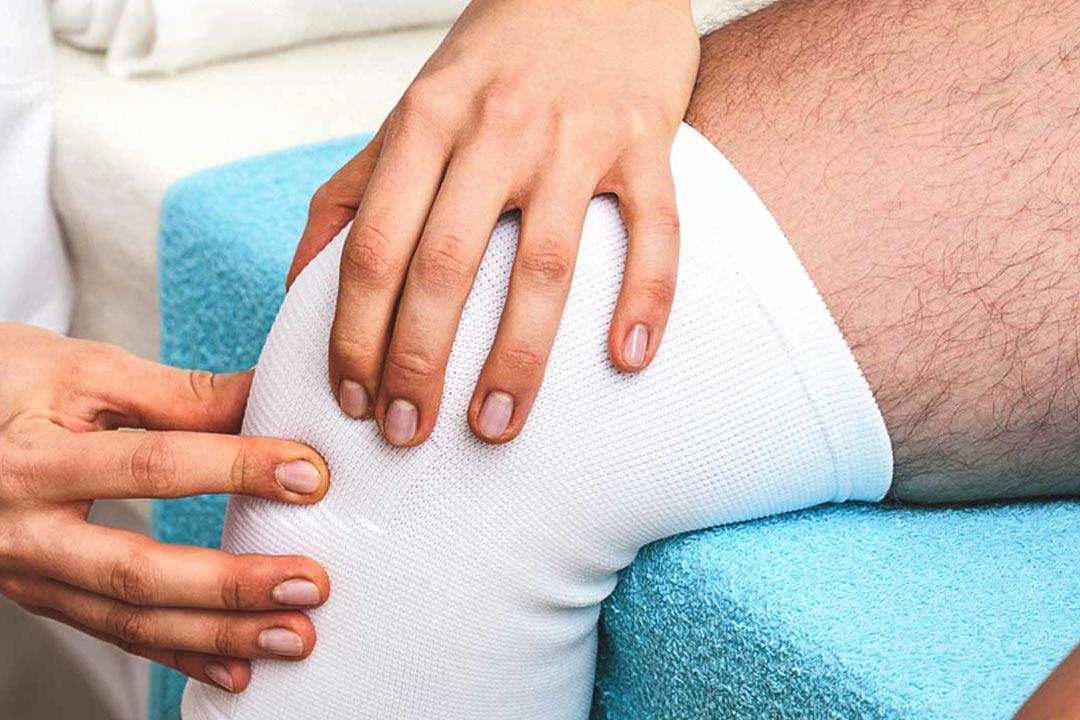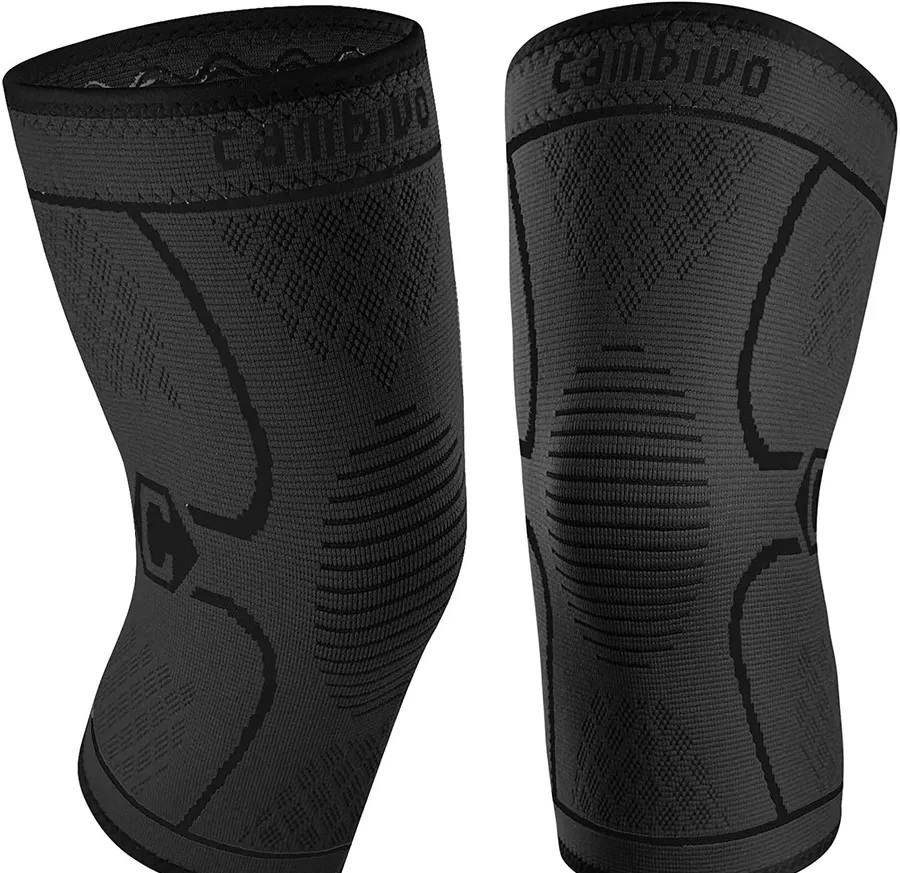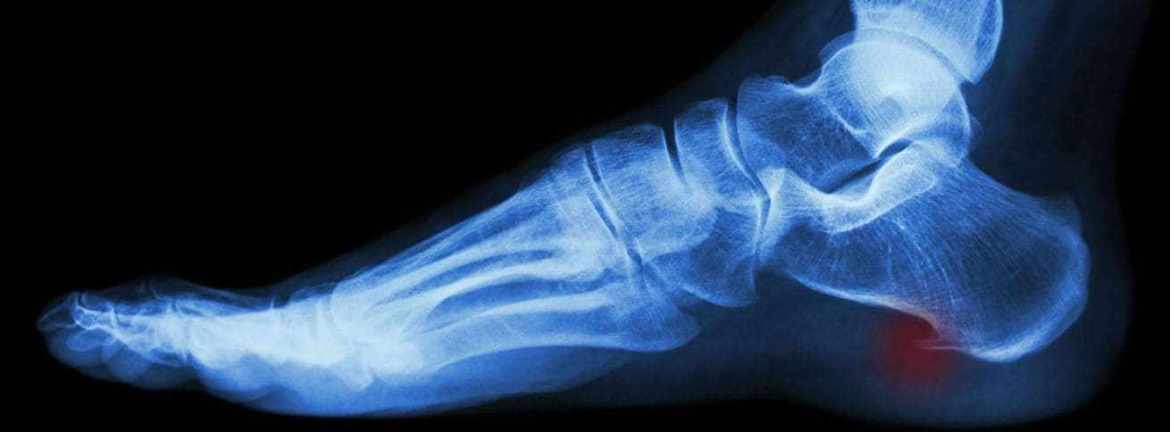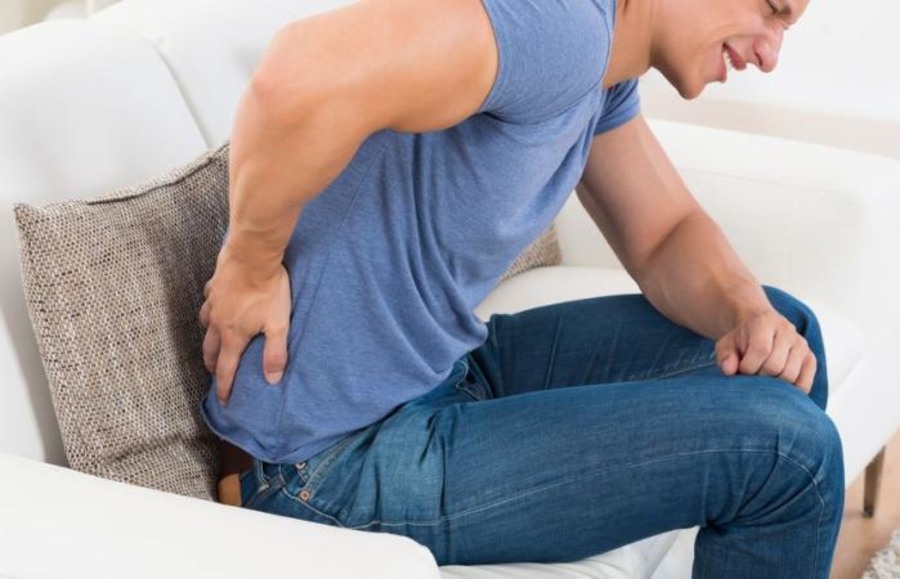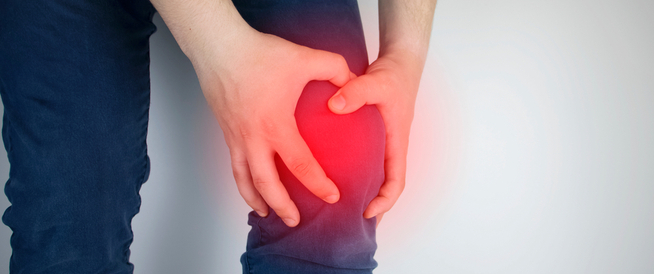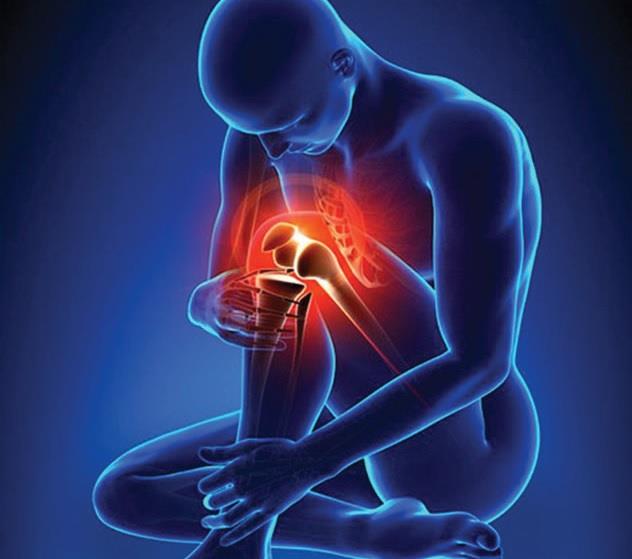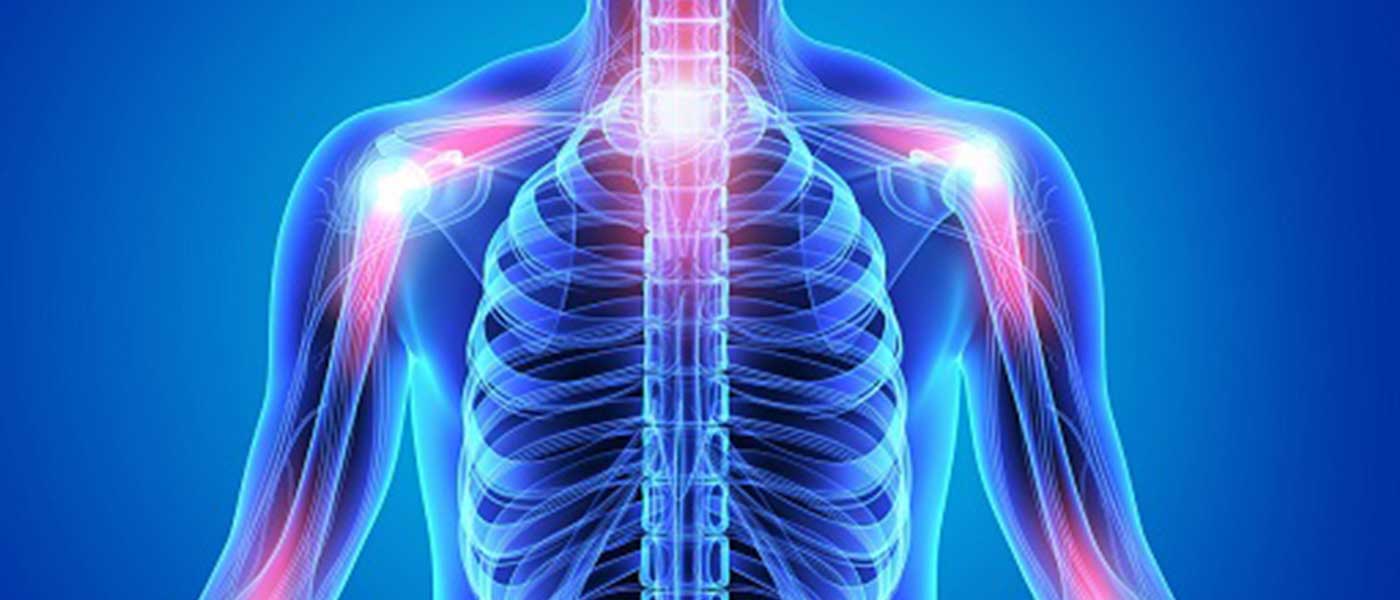What you do not know about knee ligament rupture
When a rupture of the knee ligaments occurs, it is necessary for the individual to be aware of the first aid that he must perform in the beginning before going to the specialist doctor, because this has a great role in reducing the risk of injury in many cases, in the following article we will learn about the most important information regarding this topic, so let us read the following.
Knee ligament rupture
The injury to which individuals are exposed and resulting in the rupture of the ligaments in the knee is more common among athletes who practice sports that require high physical effort, and it occurs as a result of twisting the ankle, making a wrong move, or making a movement that puts great pressure on the joint from its basic function, and the rupture may also occur as a result of a direct blow to the knee area or a strong collision.
Knee ligament injury is diagnosed by doing a clinical examination, where the doctor begins to examine the swelling that the individual suffers from in the joint, and asks him about the symptoms he feels, and there is clarity in the limited movement of the joint and the loss of the ability to balance, and the doctor in many cases requests x-rays in order to ensure that there are no fractures in the bones that surround the joint.
Symptoms of knee ligament rupture
Many symptoms indicate a rupture of the knee ligaments, such as:
- Feeling severe pain in the joint that may have been injured.
- Note the appearance of swelling in the affected foot.
- Inability to control joint movement well.
- Difficulty and severe pain when walking.
- The appearance of blue bruises on the skin surrounding the joint.
- The joint is not able to function properly.
Duration of knee ligament rupture treatment
When the ligaments in the knee area rupture, over time, it performs a so-called fibrosis process to repair the damage in the ligaments on its own, and the recovery period of the ruptured knee ligaments takes 4 to 6 weeks, and during that period the patient must follow the doctor’s instructions strictly and avoid violating them in any way.
During that period, supportive moisturizing of the knee is done in order to maintain its stability in place as much as possible so that the ligament repair process can take place in peace without any other complications, it is also necessary to adhere to the physiotherapy sessions recommended by the doctor in order to strengthen the muscles that surround the knee joint and increase its flexibility, as this helps to greatly speed up the recovery process, but if the injury is severe, other treatment methods may be used that may require surgical intervention most of the time.
Tear of the lateral knee ligaments
A rupture of the lateral knee ligaments occurs as a result of a strong collision in the knee from the side, and this results in pushing the knee, which causes the medial collateral ligament to stretch, and the severity of the injury varies according to the strength of the collision, it may be a stretch or tear, and it may reach complete pieces if the collision is violent in a large way, and athletes are the most famous of all to suffer this injury.
The knee ligaments cutting
Individuals suffer from cuts in the ligaments that are present in the knee area as a result of making wrong movements while doing some exercises, and some reasons may lead to the knee leaving its normal position, such as:
- The anterior cruciate ligament is injured as a result of doing sports such as running, soccer, jumping, a severe fall, or being sprained.
- Injuries to the posterior cruciate ligament occur as a result of a very strong and direct collision in the knee area or when a strong injury is experienced during any of the exercises.
- The collateral ligament gets sprained when a strong blow is inflicted on the inner part of the knee, and this is considered one of the least common injuries because the leg is there to protect that area.
- The medial collateral ligament is injured as a result of a collision on the side of the leg or a strong fall.
Knee ligament rupture
Ligaments are a group of tissues that connect bones and muscles to joints and work to maintain the joints in their natural place and ensure that they appropriately perform their function, and among the main ligaments in the knee area are the anterior cruciate ligament, the posterior cruciate ligament, the medial ligament, and the lateralis cruciate ligaments.
During knee ligament rupture surgery, the ruptured ligament is replaced with a healthy tendon grafted from anywhere in the body, such as the hamstring or knee, and this operation is resorted to in the event of a complete rupture, meaning that mild injuries can be treated in other ways without the need for surgical intervention.
Knee ligament stretching
A strain in the knee ligaments is one of the first degrees in ligament injuries, which can be treated with some mild means, where care is taken to avoid pressure on the strained foot for a few days and complete rest with cold water compresses from time to time, even if this is accompanied by severe pain, it is possible to take some painkillers in order to alleviate it, but if the pain continues for more than 48 hours, it is better to consult a doctor immediately.
Knee ligament sprain
Individuals suffering from a sprain in the knee ligaments as a result of making a sudden movement without any preparation for that, or when exercising without doing previous warm-up exercises for it, and when a sprain develops, some measures must be taken in order to alleviate the symptoms that are associated with it, for example:
- Take plenty of rest and avoid putting any pressure on the affected foot at all.
- Keep the injured foot in a higher position than the rest of the body in order to reduce the inflammation that is associated with that injury.
- Wearing a knee brace limits the movement of the knee to prevent any serious complications.
- In the event of severe pain, it is possible to take some painkillers to alleviate the symptoms that are associated with the sprain.
- There are some ointments and creams that the doctor may prescribe to reduce swelling and pain.
- Do ice packs more than once a day for 20 minutes.
- Massaging the affected area with light movements helps to promote blood circulation and speed up the healing process.
Knee ligament rupture treatment
Many people wonder about the treatment of ruptured ligaments in the knee and how to do it effectively in order to get rid of pain and alleviate the symptoms felt by the patient, and some procedures are best taken immediately after exposure to this injury in order to prevent the matter from developing seriously, and for example:
- Take care to take plenty of rest and avoid any extra effort on the knee or vigorous exercise.
- Applying ice packs on the affected foot to calm down tumors and infections and reduce pain, and must be repeated more than once a day.
- Use a compression ligament to control the knee and limit its movement.
- Ensure that the injured foot is at a higher level than the rest of the body to calm the inflammation and reduce the severity of the pain.
- Resorting to the use of some medications that calm inflammation and relieve pain.
The body may be able to heal on its own in the event of a rupture of the ligaments of the knee if the injury to which the individual is exposed is mild, in what is known as the fibrosis process, which takes four to six weeks to complete the healing process, but if the injury to which the individual is exposed is severe, the treatment method is followed in it:
- Splinting the injured joint for up to two weeks, and then replacing the splint with a functional brace that makes the joint able to move in a limited way.
- Resorting to a surgical solution is optimal in most cases to get rid of pain permanently or in cases of complete rupture.
- Physiotherapy is not dispensed with in any of the cases because it is very important in making the joint return to its normal path, and the duration of physical therapy and rehabilitation takes time from 4 to 12 weeks, depending on the severity of the injury and the speed of recovery.
Knee collateral ligament rupture treatment
The treatment of the rupture of the lateral knee ligaments does not require surgical procedures, but rather it may be simple in many cases and requires only some easy things that if the individual adheres to, he will recover well over time, such as:
- Medicines: It is often important to take some analgesics that relieve pain and some other medicines that have anti-inflammatory properties.
- Physiotherapy: It is important to do some exercises that strengthen the muscles that surround the joint and help the knee regain the flexibility that it had in the past.
- Knee brace: It has an important role in maintaining the stability of the knee and reducing pressure on it from the rest of the body while taking care not to exaggerate in tying it so as not to prevent blood from reaching the knee area.
- Plasma injection: It is very important to enhance the fibrosis process that the joints perform while relying on themselves in healing, as it helps to accelerate the joint growth process.
Treatment of ruptured ligaments in the knee herbal
Herbal treatment has been very effective since ancient times in the treatment of many diseases, and here are some of the herbs that are used in the treatment of ruptured ligaments in the knee:
- Sesame oil: It is one of the best natural oils that are used in the treatment of knee rupture. It is placed directly on the affected foot, where it is placed hot with turmeric added to it, and the affected knee is gently massaged.
- Ginger: Ginger contains many properties that are anti-inflammatory and works to calm pain significantly. It can be taken in drinks, put on food, or applied to the affected area, and these steps are repeated three times a day, and when drinking it, add some cinnamon and lemon to it.
- Turmeric: It consists of compounds that contain highly anti-inflammatory properties and is effective in relieving knee pain if it is drunk with milk, or applied directly to the knee by placing eggs on it and applying it to the affected area.

